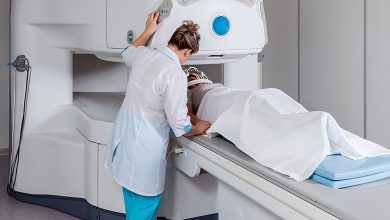Pleomorphic adenoma
The content of the article
The most common pathology of the salivary gland is pleomorphic adenoma. Based on the very name of the disease “pleomorphic” or “polymorphic adenoma”, we can conclude that this type of tumor is mixed and reflects the diversity of its structure.
This type of tumor is not malignant and accounts for up to 75% of all tumors in this organ. Most often, the disease affects women aged 35-55 years. After 70 years it is very rare.
The cause of the appearance of adenoma of the salivary glands is the pathological proliferation of epithelial cells in these glands. The tumor can appear in both the sublingual and submandibular salivary glands, however, most often it forms in the parotid glands. This is a paired organ; adenoma affects both its right and left lobes with equal frequency.
What can trigger the development of the disease?
Active and passive smoking provokes the appearance and growth of tumors. Radiation exposure during the treatment of tumors in the thyroid gland can also cause spontaneous division of gland cells, and as a result - pleomorphic adenoma. Recently, there has been a theory that prolonged conversations on a mobile phone can also cause the formation of adenoma. Prerequisites for the development of the disease can be trauma and inflammation in this area.
Symptoms
Symptoms of the disease do not appear immediately, since the growth of the tumor is quite slow, like most benign tumors. Over time, pain appears at the site of its formation. The tumor can develop painlessly for several years, causing only mild discomfort.
In advanced cases or when it degenerates into a cancerous tumor, it affects the facial nerve, which leads to immobility of the facial muscles and facial asymmetry.
Diagnostics
Adenoma can be diagnosed using ultrasound or computed tomography. A cell biopsy is performed if a tumor is suspected of becoming malignant.
Treatment
It is possible to get rid of this type of adenoma only by surgery.
Please rate the article:





